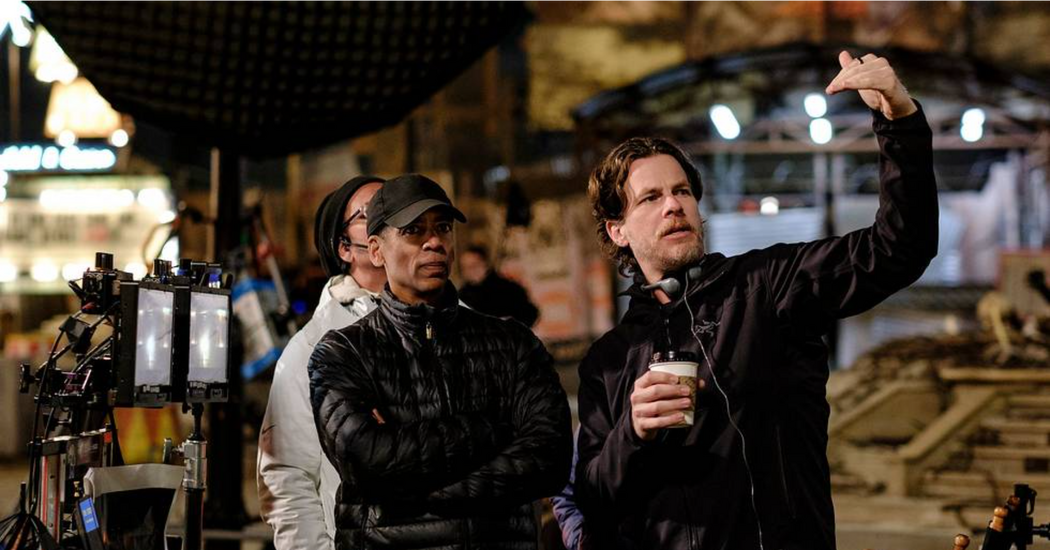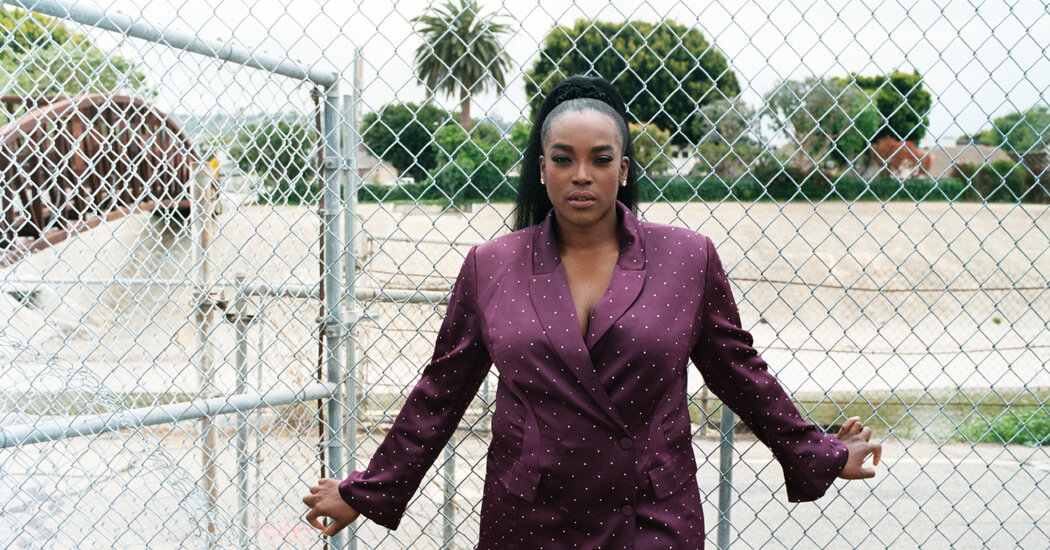It is rare for the writer and producer Jonathan Nolan to open up his set to visitors. Mr. Nolan may not be as secretive as his big brother Christopher, the Oscar-winning filmmaker behind “Oppenheimer,” but his history of creating spoiler-filled dramas like “Westworld” has made him wary of giving the public a peek before a project is final.
These are not normal times, though. Mr. Nolan has put himself at the forefront of Hollywood’s push to get California to approve $750 million in tax rebates to help bring more TV and film production back to the state. And it is why he recently opened up the Southern California set of his hit Amazon Studios series, “Fallout,” to seven state lawmakers to show them the inner workings of a big-budget television operation that employs some 600 to 800 people daily, almost all of them local.
“Everything you see here, from the sets to the costumes to the props — every single item put in front of camera — has been made by teams of people,” Mr. Nolan said in an interview on the set.
“We should not be the only people doing this,” he added. “It’s crazy. This should be a wake-up call to everyone, all the studios.”
The drop-off in production in California, the heart of the film and TV industry for over a century, has been underway for years. But it accelerated sharply with the triple combination of the Covid pandemic, the industry’s dual strikes two years ago and the recent wildfires in and around Los Angeles. Film and television production in the region declined around 30 percent in the first three months of 2025 from the same time last year. Few big-budget movies or TV shows shoot in California at all.
Some of the production has moved elsewhere in the United States, to states like Georgia and New York, but also overseas. The change seemed to catch the attention of President Trump this week, prompting him to announce a 100 percent tariff on films coming from abroad. The White House walked back the announcement the next morning, saying no plans had been set. Gov. Gavin Newsom of California later countered with a proposal for a $7.5 billion federal tax credit for production in the United States.




